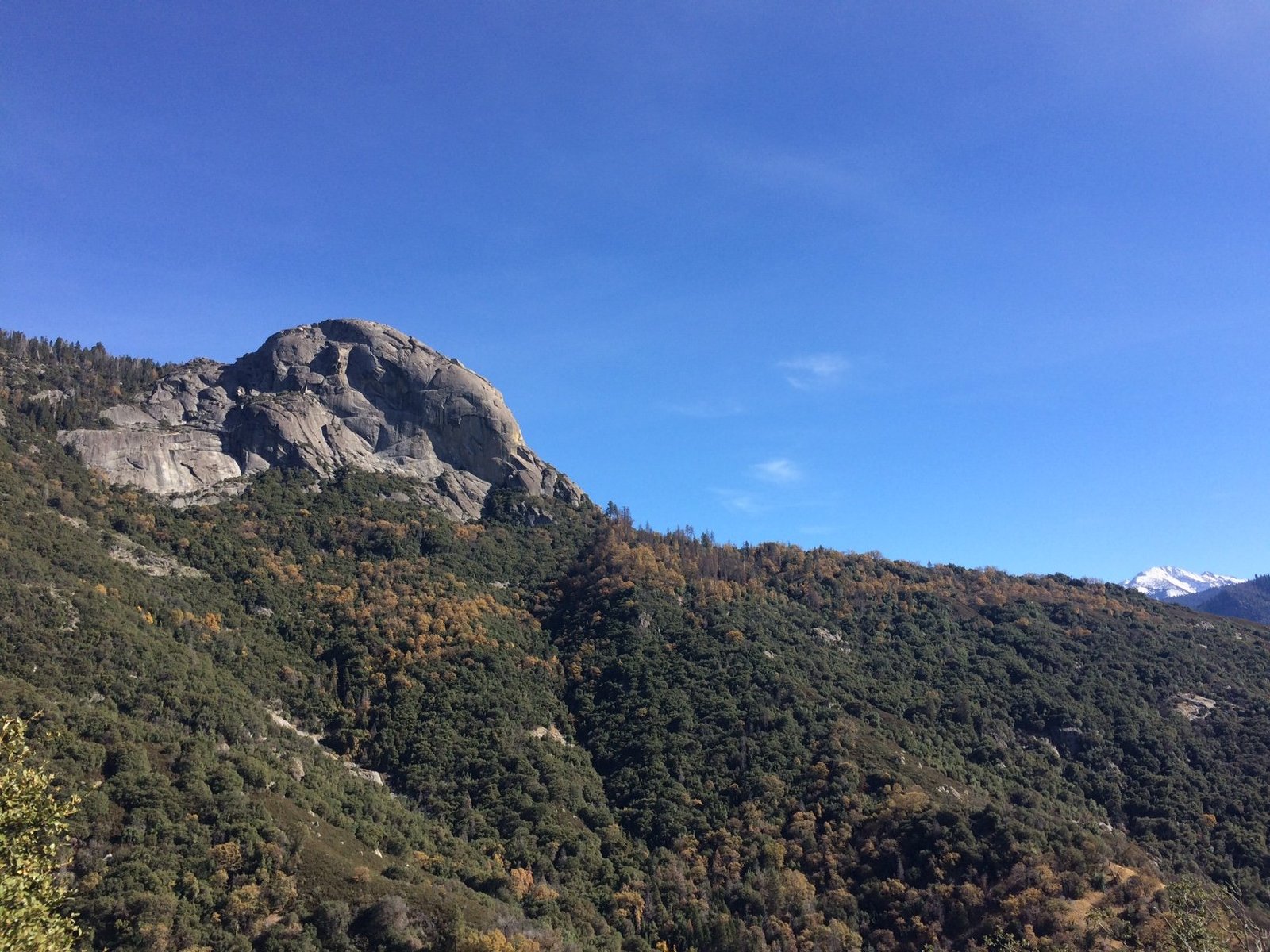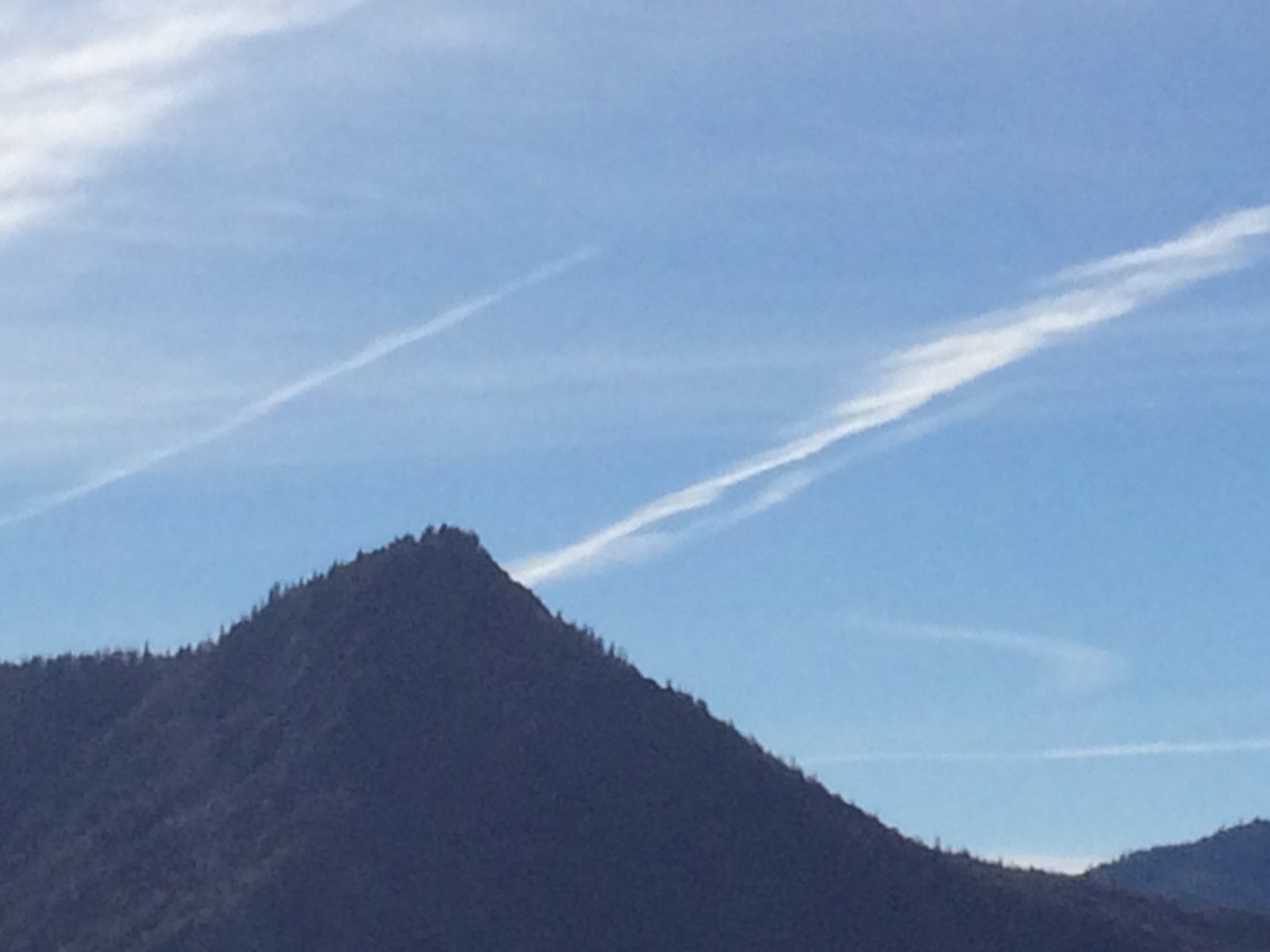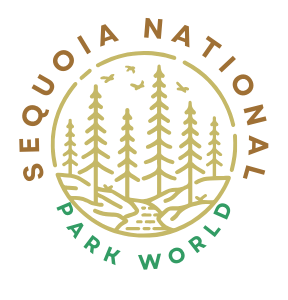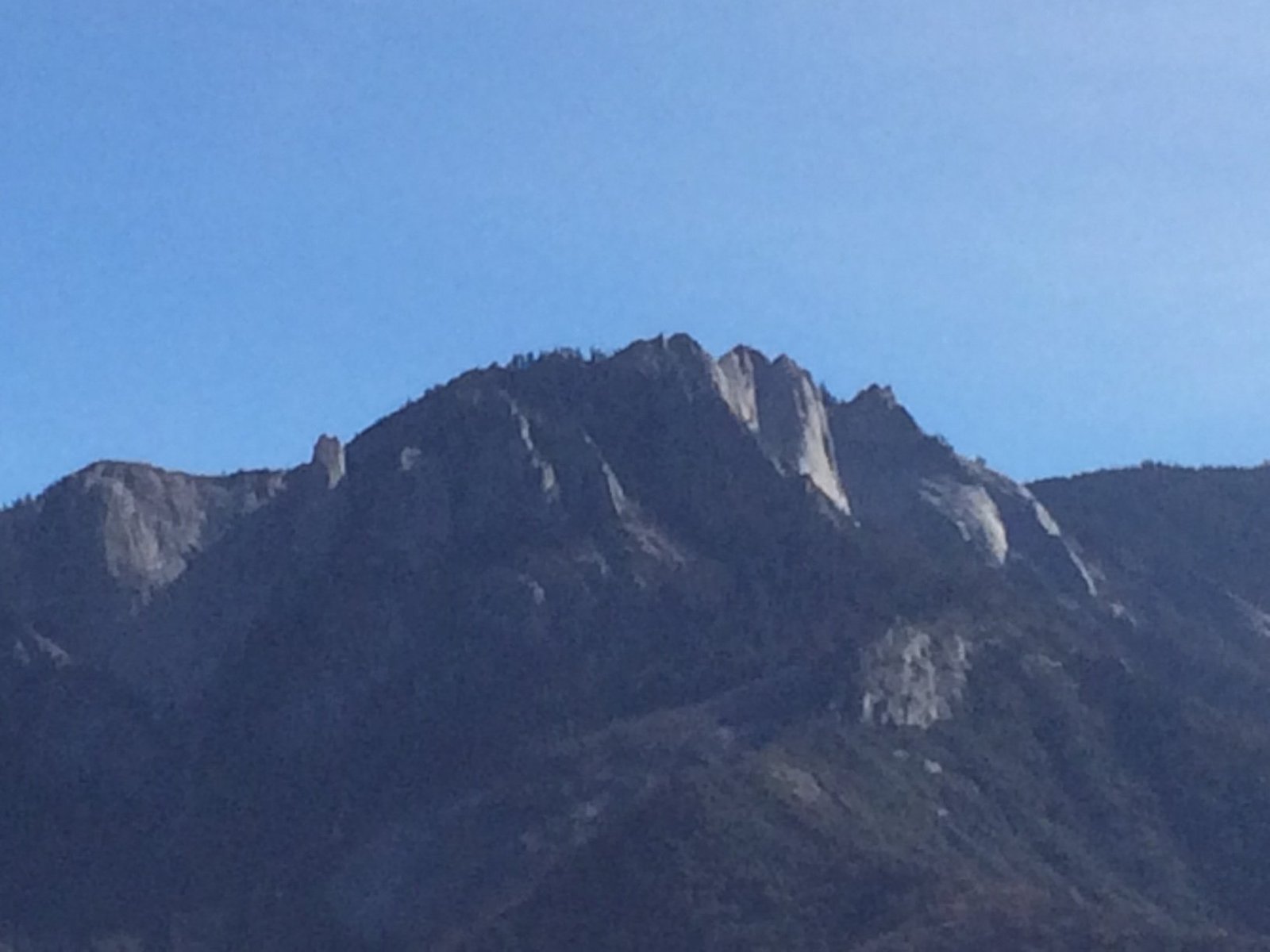Sequoia National Park, while breathtakingly beautiful, does present certain risks to visitors. The park’s diverse terrain, wildlife, and weather conditions can pose dangers if proper precautions are not taken. From potential encounters with bears and rattlesnakes to the risks associated with hiking in rugged terrain, visitors need to be aware and prepared. However, with proper knowledge and preparation, most dangers can be mitigated, allowing for a safe and enjoyable experience in this majestic natural wonderland.
What Are the Main Dangers in Sequoia National Park?

Sequoia National Park, while generally safe for visitors, does present some potential hazards. The main dangers include:
- Wildlife encounters (particularly with bears and rattlesnakes)
- Hiking risks (falls, getting lost, extreme weather)
- Natural hazards (falling trees, rock slides)
- Altitude sickness
Let’s explore each of these in more detail.
How Dangerous Are Wildlife Encounters in Sequoia National Park?

Wildlife encounters, particularly with bears and rattlesnakes, are among the most significant concerns for visitors to Sequoia National Park.
Bears
Black bears are common in Sequoia National Park. While they generally avoid humans, they can become aggressive if they feel threatened or if they associate humans with food. Here are some key points about bear encounters:
- There have been no reported bear attacks resulting in human deaths in the park.
- Bears can cause significant harm if they feel threatened or are protecting their young.
- Bears that obtain human food may become aggressive and break into cars, tents, or cabins.
To stay safe:
– Store food properly in bear-proof containers
– Maintain a safe distance (at least the length of two city buses)
– Make noise while hiking to avoid surprising bears
Rattlesnakes
Rattlesnakes are prevalent in the Sequoia foothills and lower elevations of Kings Canyon. While bites are rarely lethal, they can cause severe tissue damage. To avoid snake bites:
- Watch where you place your hands and feet
- Stay on designated trails
- Do not harass or attempt to kill snakes (most bites occur when people try to handle snakes)
Other Wildlife
Other potentially dangerous animals in the park include:
- Mountain lions
- Bobcats
- Deer (can be aggressive during mating season or when protecting young)
While encounters with these animals are less common, visitors should still exercise caution and maintain a safe distance.
What Are the Hiking Risks in Sequoia National Park?
Hiking in Sequoia National Park can be challenging and potentially dangerous due to several factors:
Trail Conditions and Elevation Changes
The park features airy ridges and soaring rock faces, which contribute to the risk of falls. In fact, falls are the leading cause of death in the park:
- From 2010 to 2020, there were 25 fatal falls in Sequoia and Kings Canyon National Parks.
- These falls accounted for a third of all deaths in the parks during this period.
Weather Patterns
The park’s weather can be unpredictable and change rapidly. Hikers need to be prepared for:
- Sudden temperature drops
- Snowstorms (even in summer at higher elevations)
- Extreme heat in lower elevations
- Thunderstorms
Altitude Sickness
With elevations ranging from 1,370 to 14,494 feet, altitude sickness is a real concern in Sequoia National Park. Symptoms can include:
- Headache
- Nausea
- Dizziness
- Fatigue
To mitigate these risks:
– Acclimatize gradually
– Stay hydrated
– Descend if symptoms persist or worsen
How Can Visitors Stay Safe in Sequoia National Park?
While Sequoia National Park does present some dangers, most risks can be mitigated with proper preparation and awareness. Here are some essential safety tips:
- Prepare for your hike:
- Check weather forecasts
- Inform someone of your plans
- Carry a map and compass (and know how to use them)
-
Bring plenty of water and high-energy snacks
-
Carry essential gear:
- First aid kit
- Flashlight or headlamp
- Warm layers (even in summer)
-
Sun protection
-
Follow wildlife safety guidelines:
- Store food properly
- Keep a safe distance from all wildlife
-
Make noise while hiking to avoid surprising animals
-
Stay on designated trails:
-
This reduces your risk of getting lost or encountering dangerous wildlife
-
Be aware of your surroundings:
- Watch for falling rocks or trees
-
Be cautious near water (streams can be swift and cold)
-
Know emergency procedures:
- Carry a cell phone (though service may be limited)
- Know how to contact park rangers in an emergency
What Emergency Services Are Available in Sequoia National Park?
Sequoia National Park has a robust emergency response system in place:
-
Ranger Stations: Located throughout the park, including at the Foothills Visitor Center, Lodgepole Visitor Center, and Kings Canyon Visitor Center.
-
Search and Rescue (SAR) Operations: The park service is equipped to handle emergencies promptly. Between 2010 and 2020, there were 503 SAR incidents reported.
-
Emergency Contact: In case of an emergency, visitors should call 911 or contact park rangers directly.
While response times can vary depending on the location within the park and the availability of personnel, the park service prioritizes visitor safety and emergency response.
Is Sequoia National Park Worth the Risk?
Despite the potential dangers, Sequoia National Park remains a popular destination for nature lovers and adventure seekers. With proper preparation and respect for the environment, the risks can be significantly reduced.
The park offers unparalleled natural beauty, including:
- The world’s largest trees (Giant Sequoias)
- Diverse wildlife
- Stunning mountain vistas
- Crystal-clear rivers and lakes
By following safety guidelines and staying informed about potential hazards, visitors can safely enjoy all that Sequoia National Park has to offer.
Remember, the key to a safe and enjoyable visit is preparation, awareness, and respect for the natural environment. While Sequoia National Park does present some dangers, with proper precautions, it can be a safe and unforgettable destination for outdoor enthusiasts.

